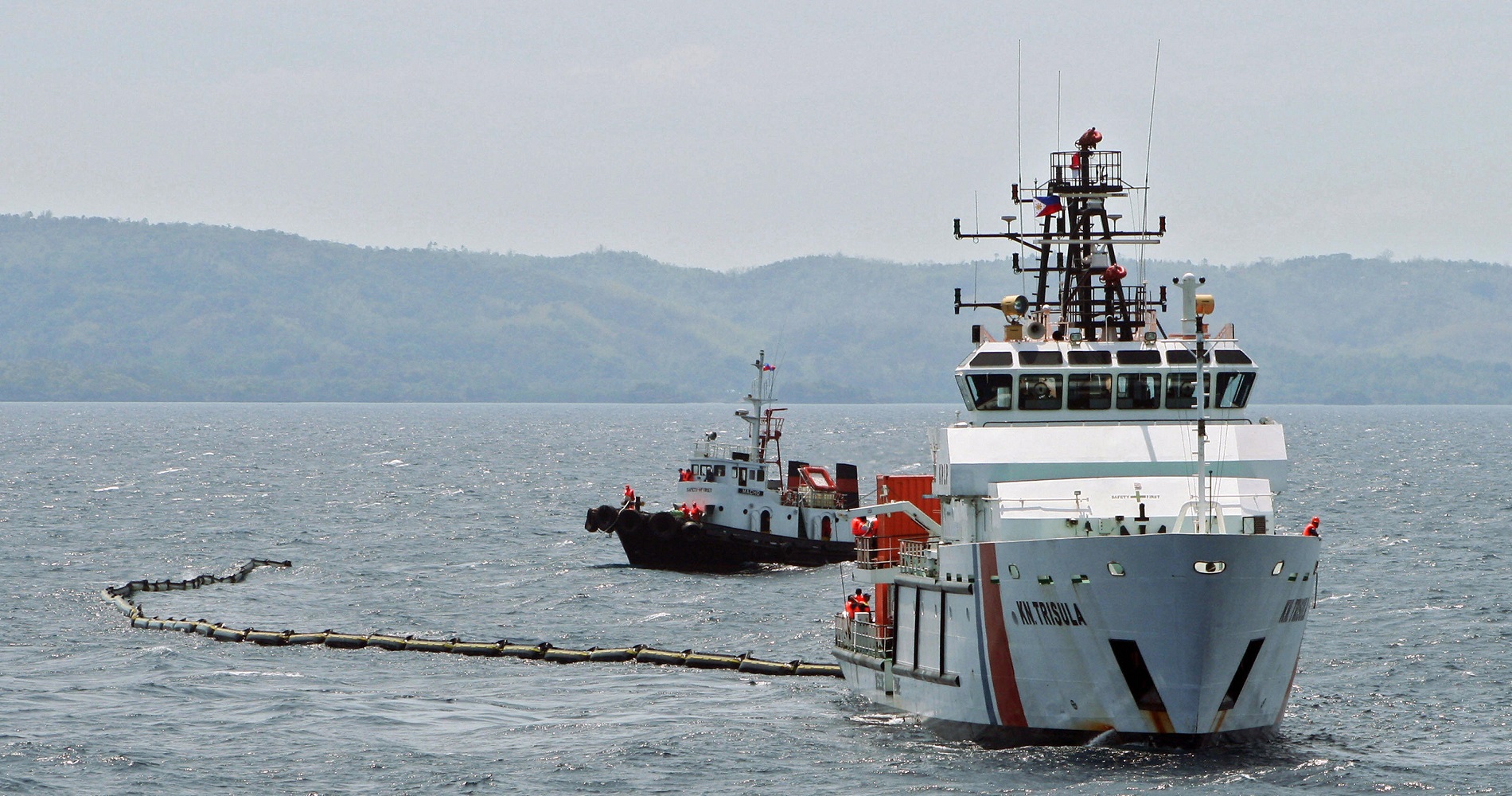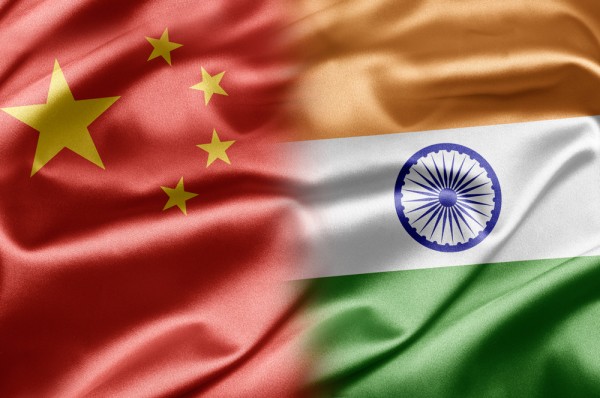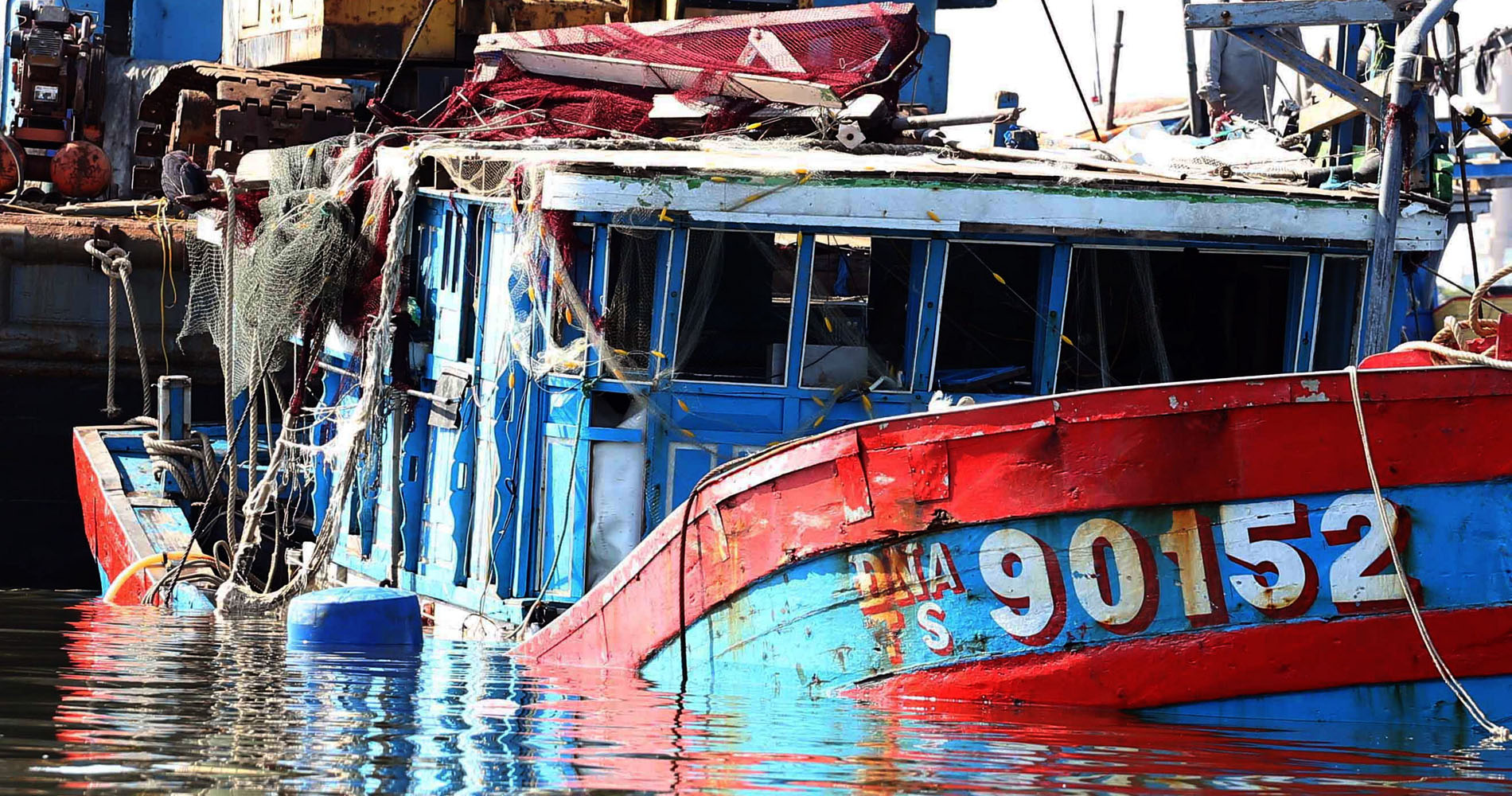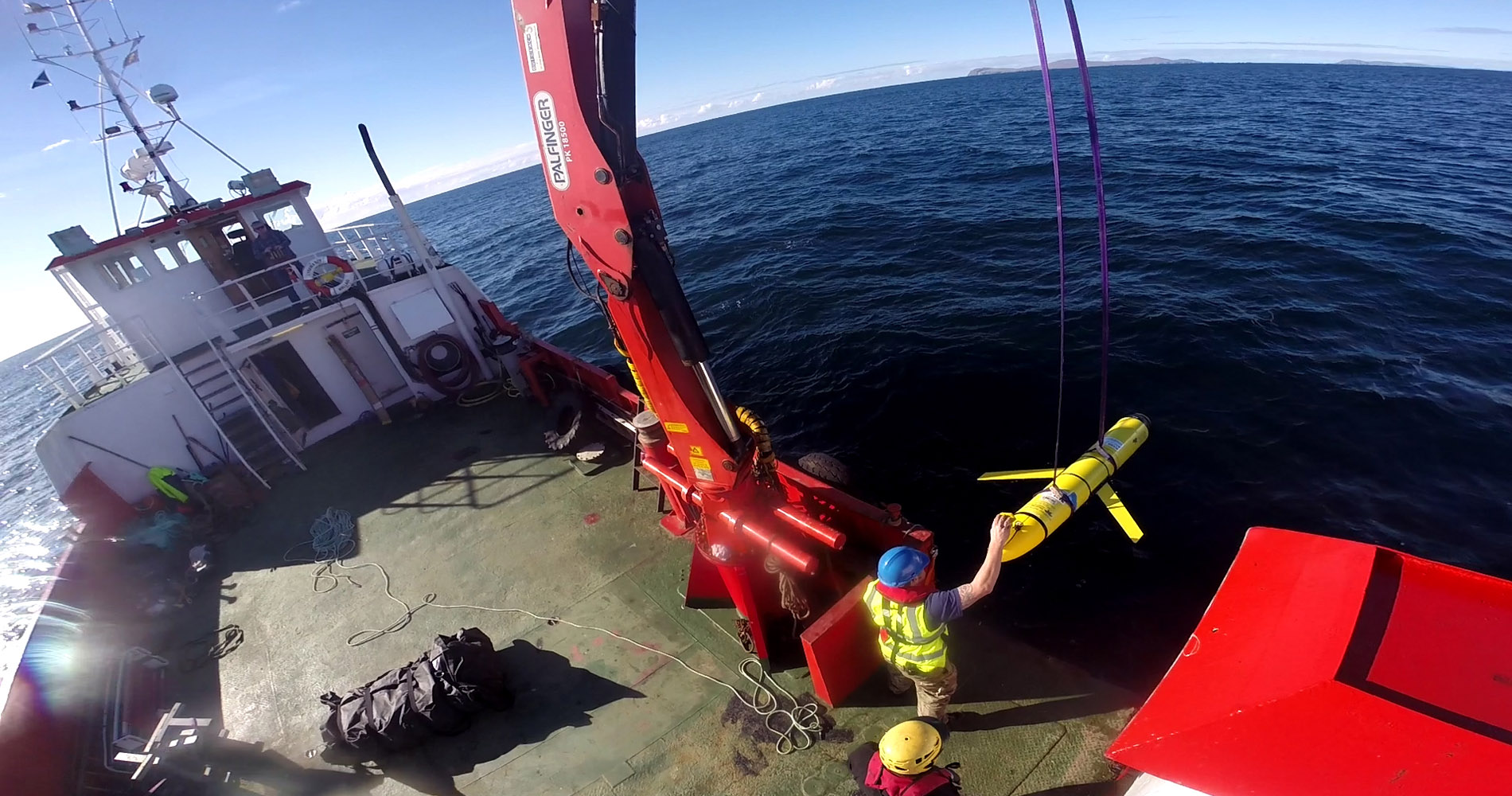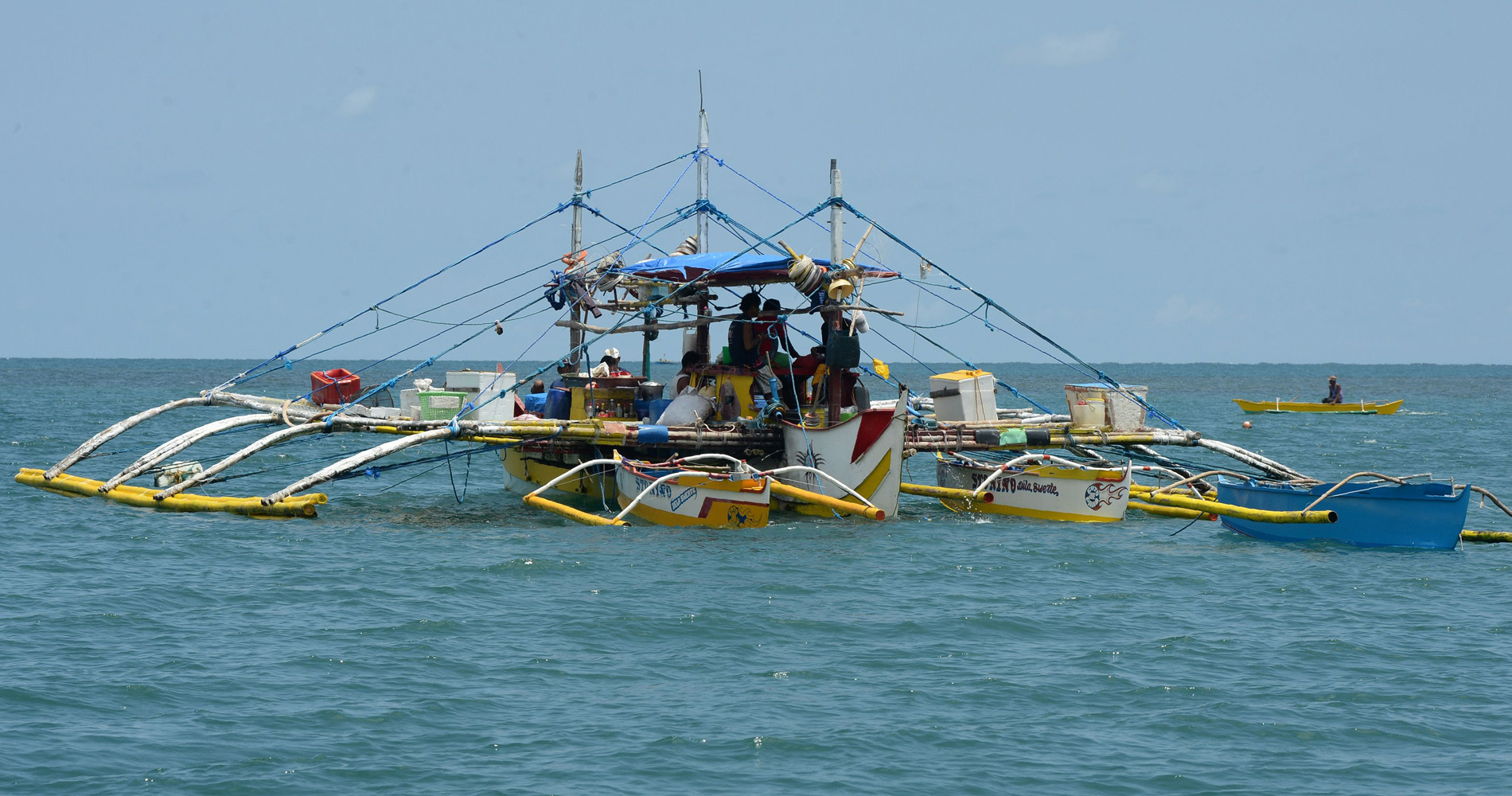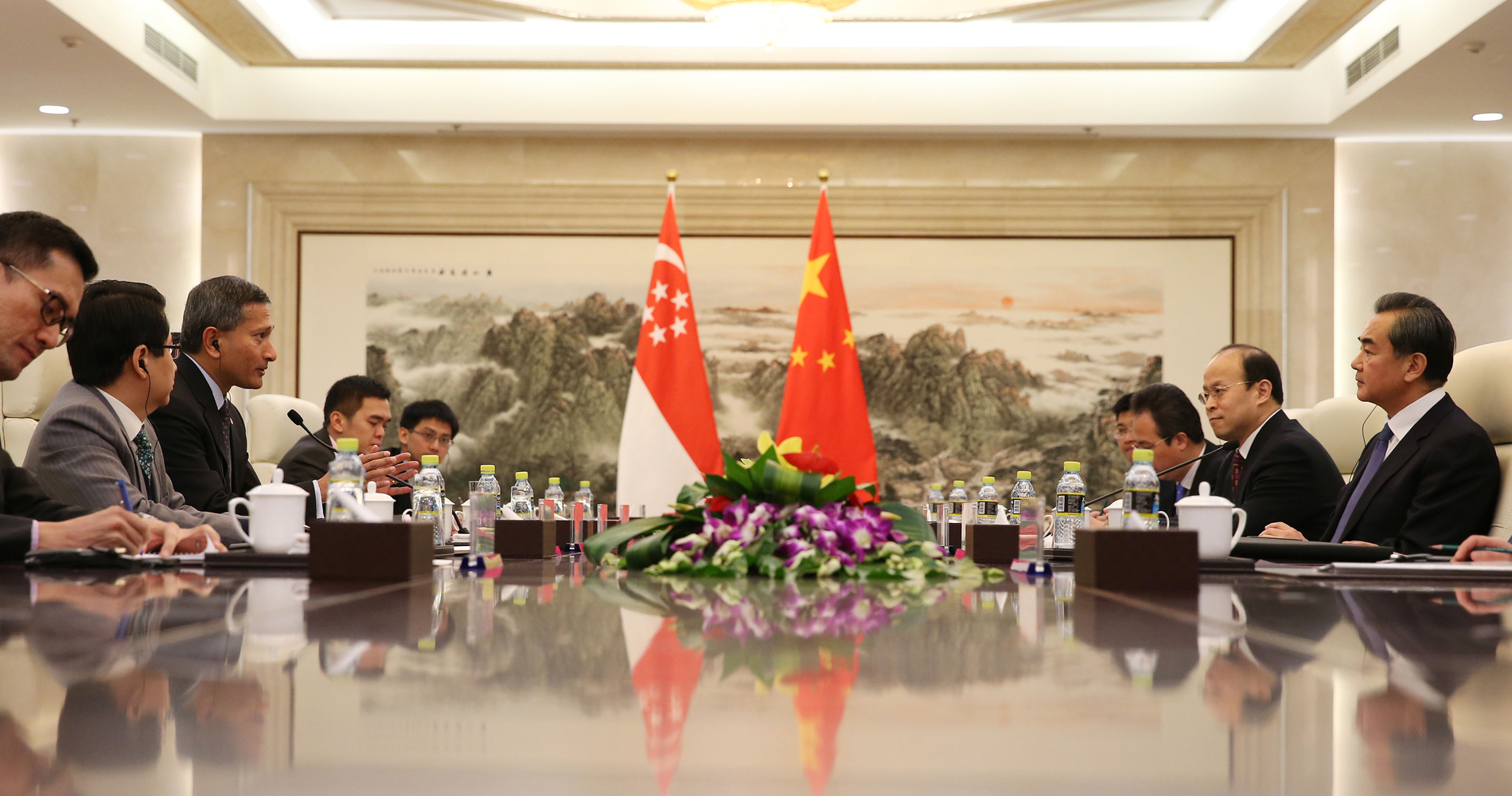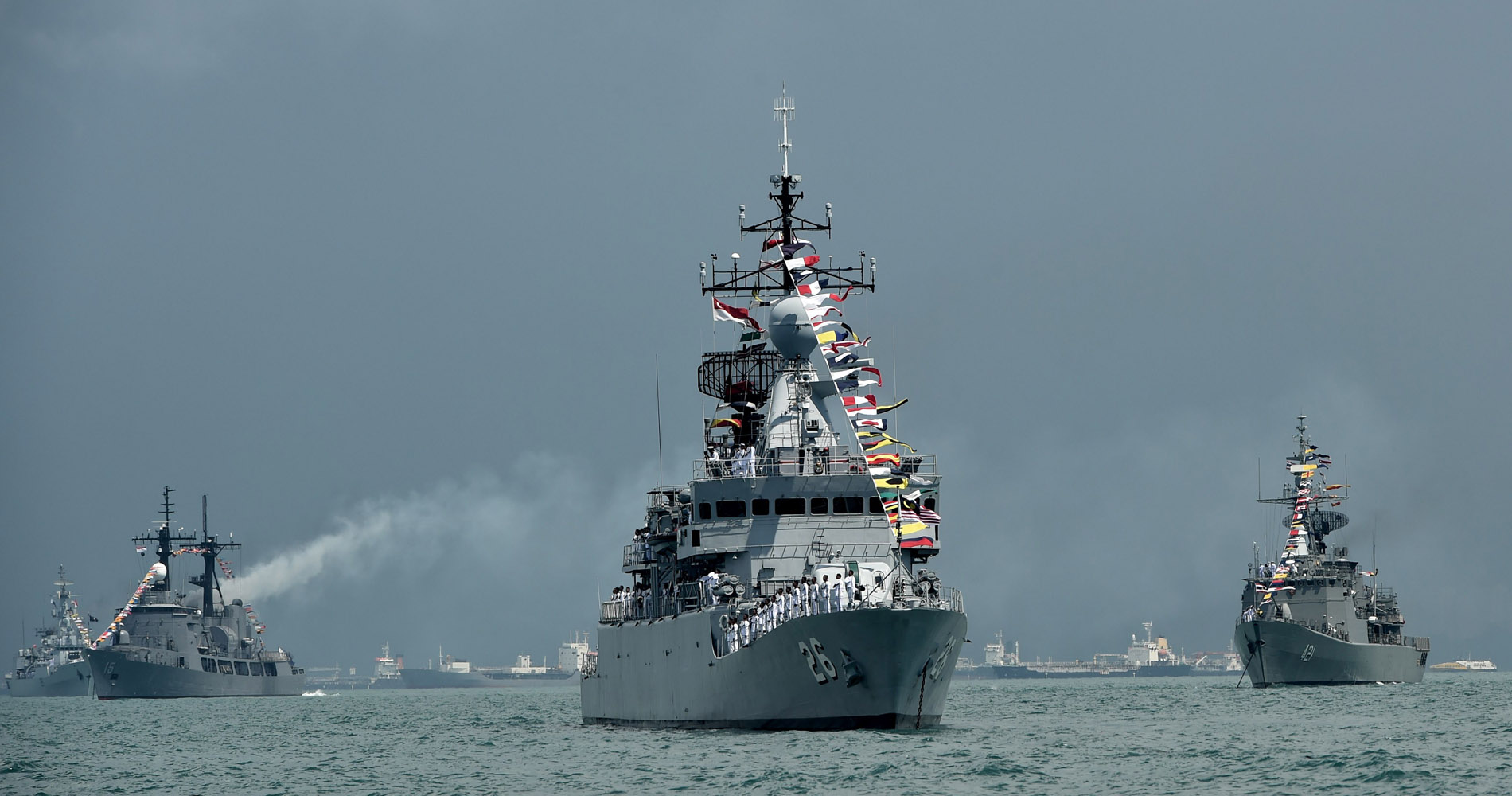Traditional Fishing Grounds and China’s Historic Rights Claims in the South China Sea
In the past four months, three confrontations have occurred between China and Indonesia over the presence of Chinese fishing vessels in waters near Indonesia’s Natuna Islands. By compelling Jakarta to adopt a more active approach to defending its waters from Chinese encroachment, these incidents may transform the dynamics of the South China Sea disputes. Equally importantly, however, statements by China’s Ministry of Foreign Affairs (MFA) regarding these incidents provide clues about the content of China’s maritime claims in the South China Sea. Specifically, China appears to be moving toward justifying some of its claims in terms of historic rights, not… Read More »Traditional Fishing Grounds and China’s Historic Rights Claims in the South China Sea
